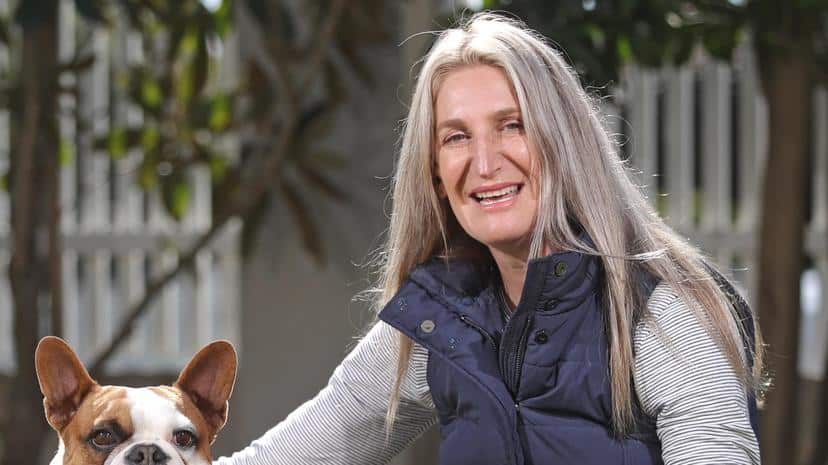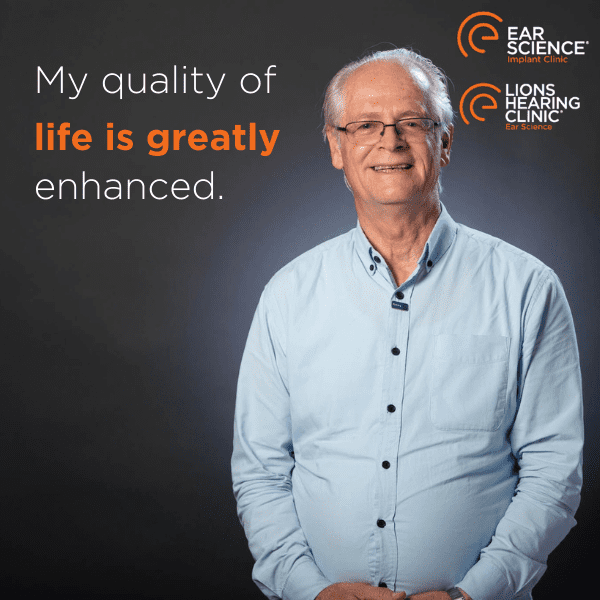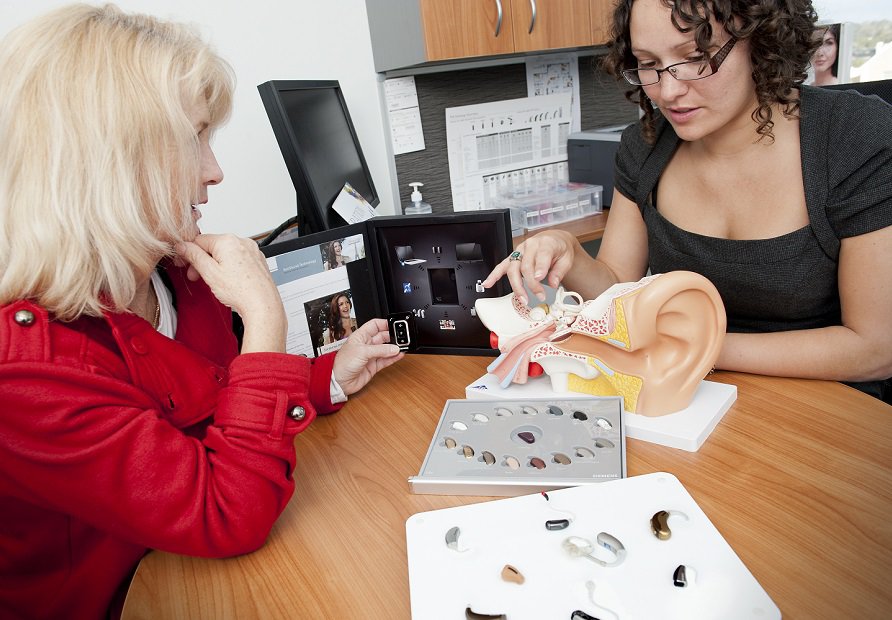A keen lover of music, businessman and drummer Matthew Durdin is catching up on the tunes he’s missed since his hearing significantly deteriorated several years ago.
A new cochlear implant delivered to Mr Durdin by Ear Science Institute Australia has allowed him to hear the music every day – like birds chirping – that he was missing out on just over 12 weeks ago.
“It’s been a really big deal for me because I play music, which is stuck in the 80s and 90s back when I had good hearing,” Mr Durdin said.
“Since having the implant I’ve been able to play the piano and guitar and have it be so vibrant and clear – it’s not dull anymore.”
Mr Durdin has been profoundly deaf from age five when it was noticed he was unable to hear the teacher address him in school.
He said despite being told he would be completely deaf by the time he turned 21, he held onto enough hearing to get by until 48.
However, it was certainly not ideal. Mr Durdin became mostly a lip reader, with his hearing unable to pick up any speech and only unusually loud sounds like a loud car or jet engine.
His phone’s ringtone was an alarm inside his house equivalent to that of a fire alarm.
Prior to receiving his cochlear implant, Mr Durdin had been wearing a behind-the-ear hearing aid, which he swapped between ears. He never enjoyed wearing two at once, but since having one cochlear implant is extremely eager for the second.
“Through Ear Science Clinic I met someone in similar circumstances to me and he was the first person in WA to go bilateral (implants on both ears) with the cochlear implants,” Mr Durdin said.
“I spoke to him and that gave me the confidence to actually pursue it. “When you see people living the dream it makes a huge difference. That flicked the switch for me straight up and I was really looking forward to it from then on.”
Unlike hearing aids, cochlear implants don’t amplify sounds but instead mimic and replace the hearing function of the inner ear through electronic simulation.
Mr Durdin’s implant is one of many types and features a magnetic internal implant that sits easily on his head and is attached to a behind the-ear clip which is the external sound processor.
It is accompanied by a Bluetooth attachment for use with his phone and a remote with a range of programs that cater to hearing needs in different scenarios such as ‘cafe’ and ‘shopping’ that can tune out excessive background noise.
Mr Durdin said he was told by doctors it would take some time for his brain to adjust to hearing sound again, and that people’s voices would sound high-pitched like Mickey Mouse for a short time.
After having his implant turned on for the first time, Mr Durdin turned around to see his family standing behind him wearing Mickey Mouse ears. It was an emotional moment to say the least.
Ear Science Head of Clinical Services Gemma Upson said it had been extremely exciting to see Mr Durdin benefit from the implant and be fully able to enjoy the activities he loves.
“Like so many others, the cochlear implant will make such a difference to Matthew and his family. Using the implant and assistive technology, he is now speaking with them on the phone which he has been unable to do for 10-15 years,” she said.
“It is estimated that people wait on average 12 years before getting a cochlear implant. It is great to see Matthew and his young family are able to benefit from this technology sooner rather than later.”
Mr Durdin said the implant was life-changing and hoped to get his second within the next 12 months. In the meantime, he is enjoying the sounds around him and slowly retraining his brain, which is improving every day.
To find out if you or a loved one is an implant candidate, call 1300 847 080 today.
*This article appeared in the West Australian on the 27th of May 2017. Article written by Kaitlin Shawcross






